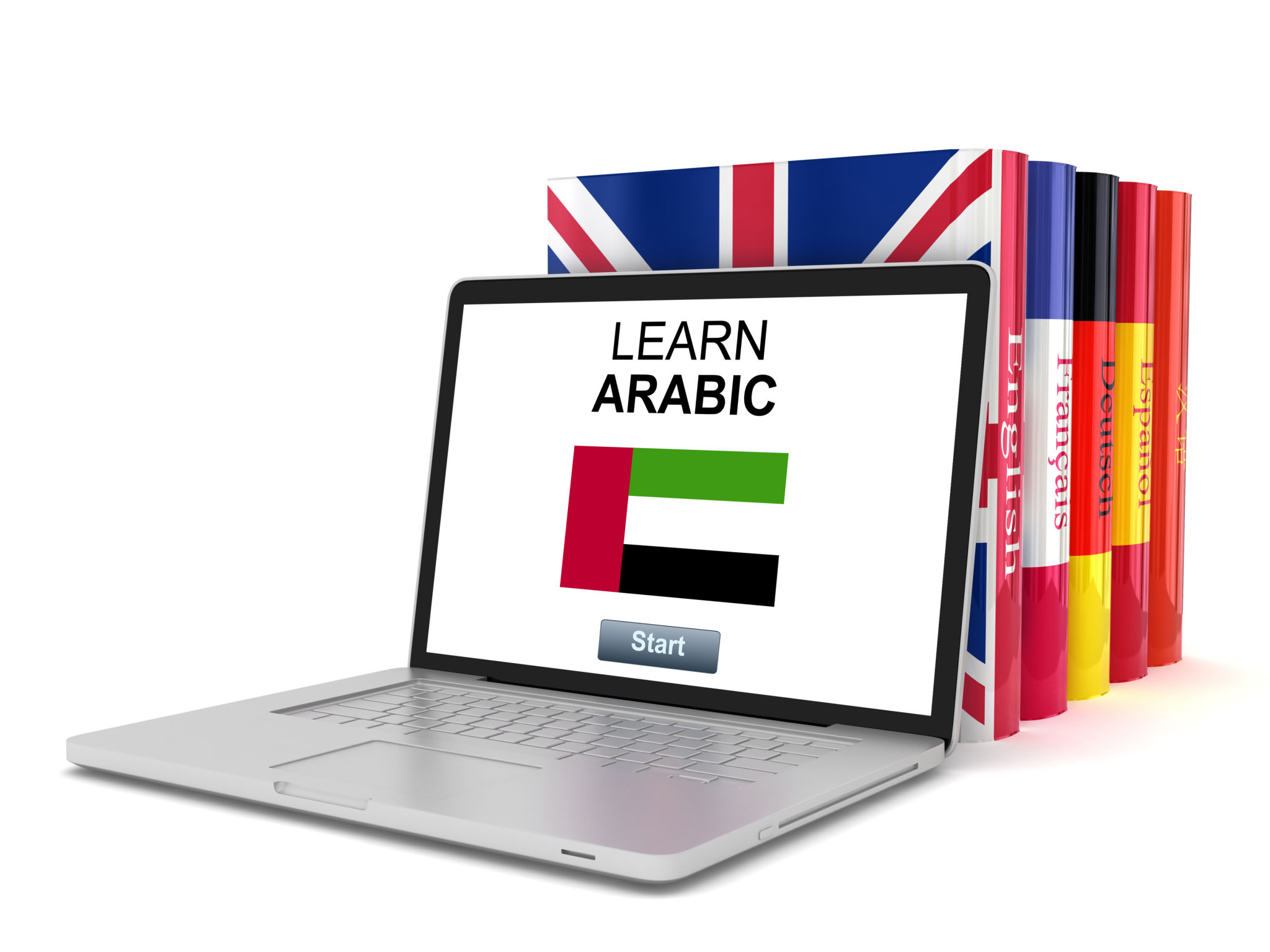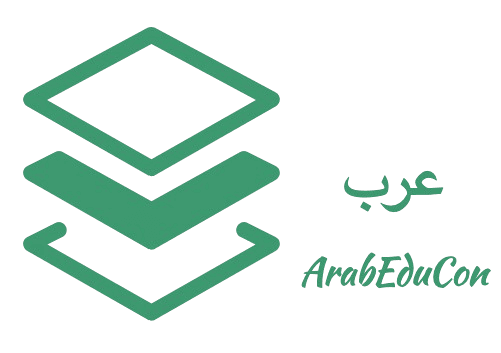Effective Arabic Teaching Strategies for Modern Classrooms
NI
Understanding the Importance of Arabic Language Education
In today's interconnected world, learning languages such as Arabic can open doors to numerous opportunities, both professionally and personally. As one of the most spoken languages globally, Arabic not only connects learners to a rich cultural heritage but also offers a competitive edge in various fields, including business, diplomacy, and academia. Effective teaching strategies are crucial to engaging students and fostering a deep understanding of this complex language.
Incorporating Technology in Arabic Language Lessons
Modern classrooms benefit immensely from the integration of technology in language teaching. Utilizing language learning apps and online resources can enhance students' engagement and provide interactive ways to practice Arabic. Digital tools enable learners to access a variety of materials, from vocabulary exercises to immersive cultural experiences. Incorporating multimedia resources such as videos and podcasts can help bring the language to life.

Adopting a Communicative Approach
The communicative approach is a popular method in language education that emphasizes interaction as the primary means of learning. This strategy is particularly effective for Arabic, as it encourages students to actively use the language in real-life situations. By creating scenarios where students must converse with each other, teachers can enhance their speaking and listening skills, making the language more relatable and easier to grasp.
Role-Playing and Simulations
Role-playing and simulations are excellent activities to foster communication skills in Arabic. By simulating real-world situations, students can practice vocabulary and grammar in context, boosting their confidence and fluency. These activities can range from simple dialogues to complex scenarios that challenge students to think on their feet.
Utilizing Cultural Contexts
Cultural immersion is an essential aspect of learning any language. By incorporating cultural elements into lessons, teachers can make learning Arabic more engaging and meaningful. Discussing traditions, history, and contemporary issues in the Arab world not only enriches vocabulary but also provides students with a broader understanding of the language's cultural context.

Guest Speakers and Cultural Events
Inviting guest speakers from Arabic-speaking countries or organizing cultural events can offer students firsthand exposure to the language and culture. These experiences allow students to practice their language skills in authentic settings and gain insights into different perspectives.
Fostering a Supportive Learning Environment
A supportive classroom environment is vital for effective language learning. Encouraging collaboration among students can build a sense of community and motivate them to participate actively. Teachers should provide constructive feedback and celebrate progress, no matter how small, to boost students' confidence in their language abilities.

Creating a Safe Space for Mistakes
Learning a new language involves making mistakes, which are valuable opportunities for growth. Educators should create a safe space where students feel comfortable experimenting with the language without fear of judgment. Emphasizing that errors are a natural part of the learning process can help reduce anxiety and foster resilience.
Conclusion
Effective Arabic teaching strategies must adapt to the needs of modern classrooms by integrating technology, emphasizing communication, incorporating cultural contexts, and fostering supportive environments. By employing these methods, educators can inspire students to embrace the beauty of the Arabic language and culture, setting them on a path to lifelong learning and global engagement.
